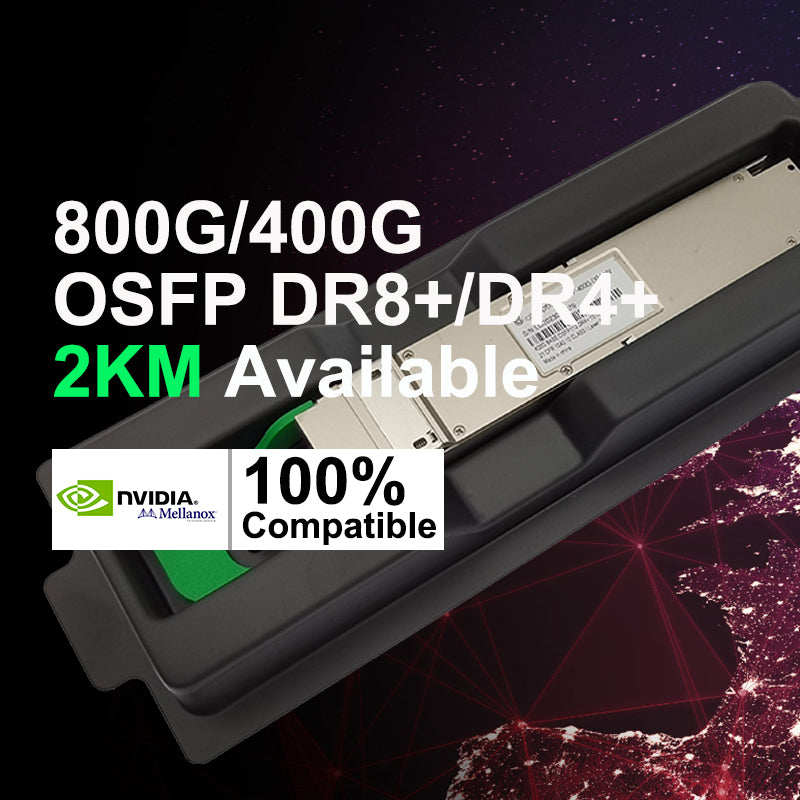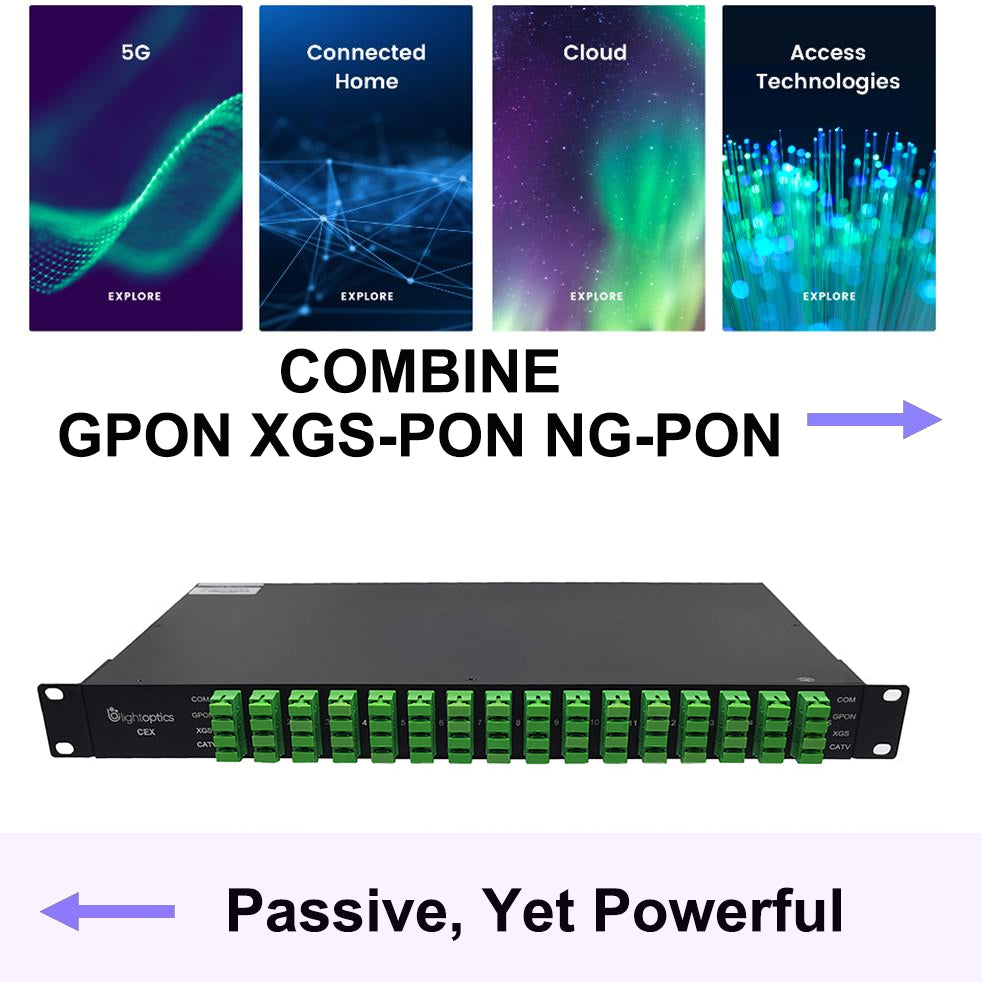What’s Direct Attach Copper(DAC) Cable? Why choose?
What’s Direct Attach Copper(DAC) Cable? Why choose?
Driven by demand for higher speed fiber cables, network cabling has gone through great changes over the years. Cat5e copper cabling and 1000BASE-T have dominated data center interconnection application for years. However, SFP cable becomes a new favorite with less cost and lower power consumption, which is a form of the high-speed cable with pluggable connectors on either end. This direct attach cable can be classified to DAC cable and AOC cable. DAC cable is the most basic form of high speed direct attach cabling. To further understand their advantages, lets talk more in detail about what Direct Attach Copper (DAC) cables are and how they are used.
What is a Direct Attach Copper Cable?
DAC cables are made from twinax copper and are factory terminated with modules that provide an electrical connection directly into active equipment. The modules cannot be removed from the cable and so all DAC cables are a fixed length. This is one of the drawbacks of using DAC cables compared to using a combination of fibre cables and optical transceivers.
There are different types of high speed DAC cables; direct and breakout, passive and active. A direct connect DAC cable will connect one port/line card to another. A breakout DAC cable will allow one port to be connected to up to 4 other ports. An active DAC cable will offer slightly longer transmission distance than a passive DAC cable as it uses electronics within the modules at each end to boost the signals.
Types of DAC Cable
Generally, according to the construction difference, the DAC cables can be classified into two types: passive DAC cable and active DAC cable.
Passive DAC cables have no electrical components built into the cable assembly. Hence, it has the minimal power consumption of no more than 0.15w and generally for short reach up to 7m.
Active DAC cables have signal amplification and equalization built into the cable assembly. Therefore, it allows a little longer transmission distance up to 15m and ensures better transmission quality. whereas it has a higher price and consumes more power around 0.5-1w.
Most Common DAC Cables
Making 10G Ethernet Connections
Probably the most popular use of DAC cables is to connect equipment located within the same data rack where transmission distances are from 1 to 2m. At the time of writing 10G ports are the most common and this is where the largest volume of DAC cables are used. An SFP+ to SFP+ DAC cable will plug directly into both pieces of equipment and instantly enable a 10G Ethernet connection.

Making a 40G Ethernet Connection
The ratio of 10G ports to 40G ports in a network is decreasing at an ever increasing pace. DAC cables can be used to directly connect a 40G port to another 40G port, but they can also be used to connect one 40G port to up to four 10G Ethernet ports. For this second application, DAC breakout cables are required. Again the main constraint is the distance between the four SFP+ ports.
Making a 100G Ethernet Connection
DAC cables can be used to directly connect a 100G Ethernet port to another 40G port, but they can also be used in the same way as above and used to connect one 100G port to up to four 25G Ethernet ports. For this second application, DAC breakout cables are required. Again the main constraint is the distance between the four SFP+ ports.
Where to Use DAC Cables?
As mentioned above, DAC cables are used for directly connecting ports between active equipment; switches, routers, servers and storage. Their main restriction is transmission distance. Their main benefit is cost, although there are other benefits.
Transmission Distance
They can only be used where the physical distance between these ports is small – less than 15m. However, the maximum distance a signal can be transmitted via a DAC cable changes depending on the data rate. As data rates get higher, from 10G to 40G and then to 100G the distance gets smaller and smaller. A 100G DAC can only transmit up to 5m.
These distance limitations mean that the most common use of DAC cables is connecting equipment located within the same data rack, for example, connecting servers to a top of rack switch.
Costs
Using a DAC cable will always be more cost effective than using two optical transceivers and a fibre cable. Again the cost savings will depend on the data rate being transmitted, but it is not unusual for them to be 2 or 3 times cheaper. Where their use is permitted by distance, deploying large amounts of DAC cables can lead to a considerable cost saving.
Reliability
DAC cables are extremely dependable. The modules that plug directly into the equipment ports make a physical electrical contact which ensures a solid connection. The cables are made from 26 to 28 AWG twinax copper and so are physically strong and so are unlikely to be damaged by handling. Both these factors means that it possible for connections to be made swiftly, reliably and affordably in all kinds of applications.
Why Choose DAC Cables?
When considering whether to use DAC cables or optical transceivers, one may be confused. Nowadays, DAC cable is very popular with the following advantages:
- Less Power Consumption – Compared to optical transceiver modules, DAC cables, especially passive copper cables consume less power.
- Lower Price – DAC cables are less costly for they do not need patch panels or additional cables when connected to devices as optical transceiver modules.
- Simpler Deployment – DAC cable has only one component to be interconnected. However, the optical transceiver has to be connected with more devices, which must be matched with each other. Besides, it is convenient for installers to conserve DAC cables, they don’t need to clean and inspect optical fiber before plugging cables.
Conclusion
DAC cable is an ideal high-speed solution for data center interconnections.Conclusion
According to the aforementioned details, we know that there are two types of DAC cables, namely passive DAC and active DAC. The former is recommended for the transmission which is no more than 7 m and the latter is suitable for 7-15 m. DAC cable is an ideal high-speed solution for data center interconnections.













